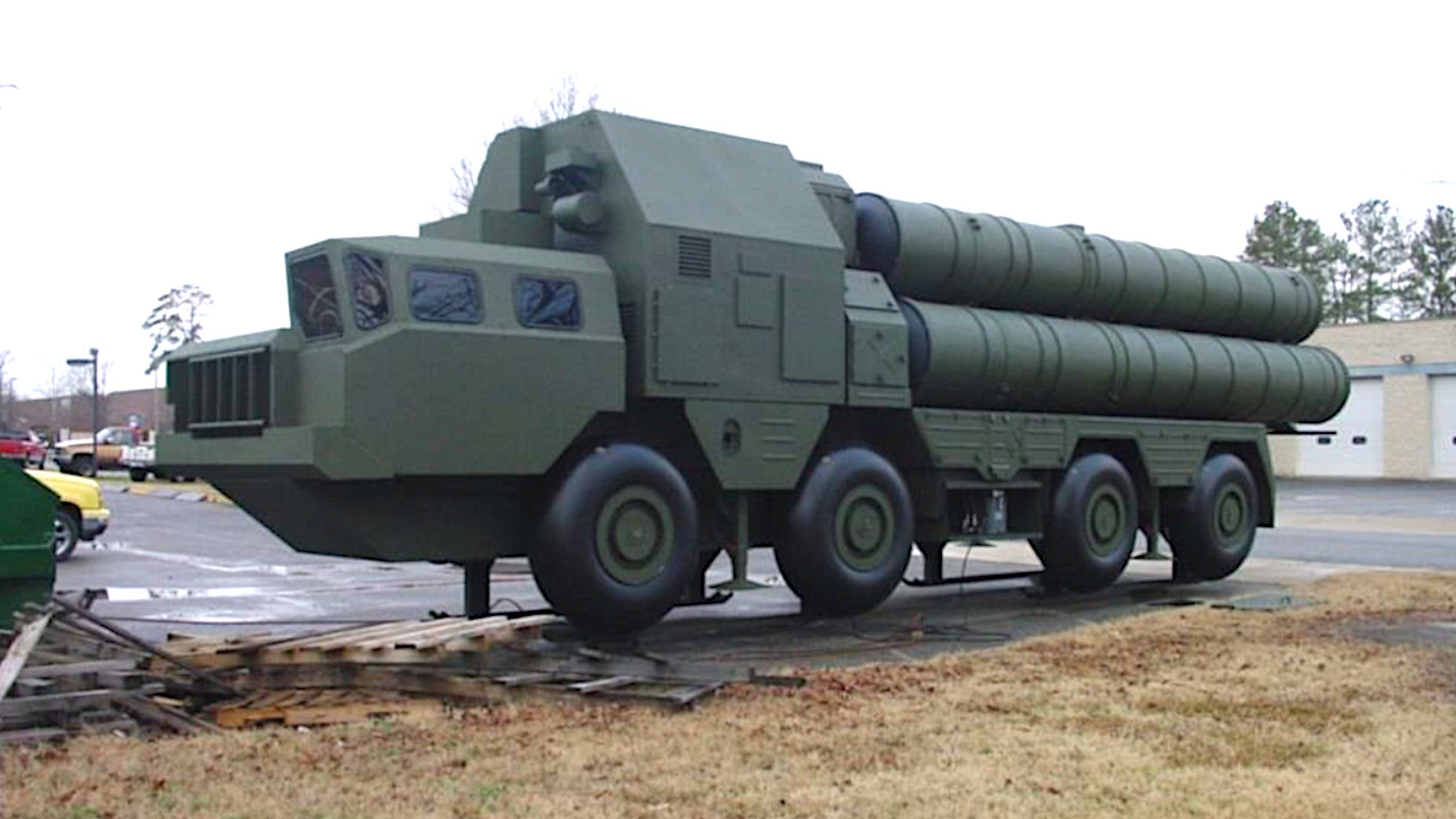The U.S. Air Force wants to buy two life-size mock transporter-erector-launchers, or TELs, that mimic the physical look, as well as radar and other signatures, of those associated with Russia’s S-300PMU-1 and -2 air defense systems. The service needs them to support realistic training exercises and test events within the sprawling Utah Test and Training Range, or UTTR. The planned purchases may be related to the U.S. military’s acquisition of at least two mobile radars from Ukraine in the past year or so that may be related to the S-300.
Air Force Materiel Command (AFMC) says it expects to issue a formal solicitation to buy the “high-fidelity SA-20 transport/erector/launcher (TEL) surrogates” later in September 2019. It had first announced it was interested in buying the faux TELs on Aug. 29, 2019. SA-20 is a designation the U.S. military and NATO use that covers both the S-300PMU-1 and -2, which are also sometimes referred to as the SA-20A and SA-20B respectively.
“High-fidelity surrogates are necessary to provide training of cognitive skills to live air crews,” AFMC’s contracting announcement explained. “New advancements in technology require these surrogates to be signature accurate to assist in training.”
The Air Force says that the mock TELs have to have a radar cross section (RCS) that is representative of the real thing, but they are also interested in surrogates that have appropriate electro-optical and infrared signatures, as well. The latter could be achieved by installing systems within the mockup that produce a thermal signature in line with the engine and auxiliary power units on real examples.
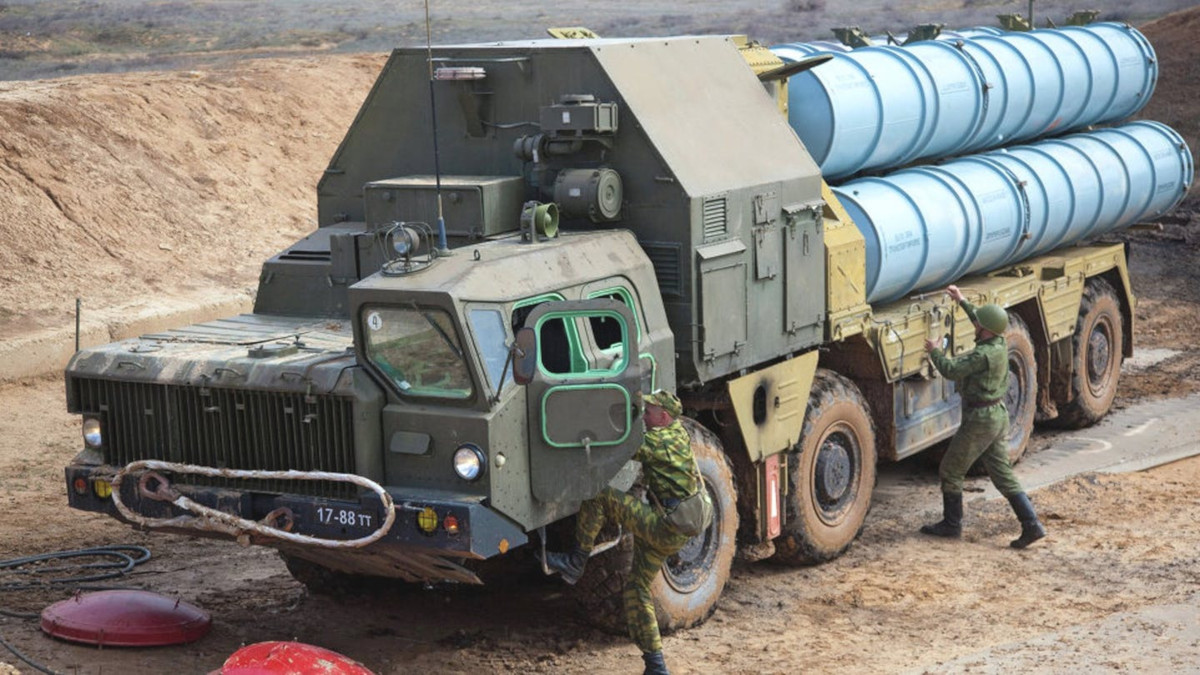
The contracting documents do not specify the exact kind of TEL the Air Force wants, but they do include images of existing mockups of the version based on the 8×8 MAZ-7910 heavy truck chassis. Russia also produces semi-trailer launchers for the S-300PMU-1/2 system with various trucks able to act as the prime mover. A number of potential American opponents, including Iran and Syria, operate examples of this air defense system.
There is also no requirement for the mock TELs to be mobile themselves, with the contracting notice very clearly outlining a requirement that two personnel be able to make them ready for transport to any location within the UTTR within 30 minutes. After arriving, two individuals must be able to set them up within 30 minutes.
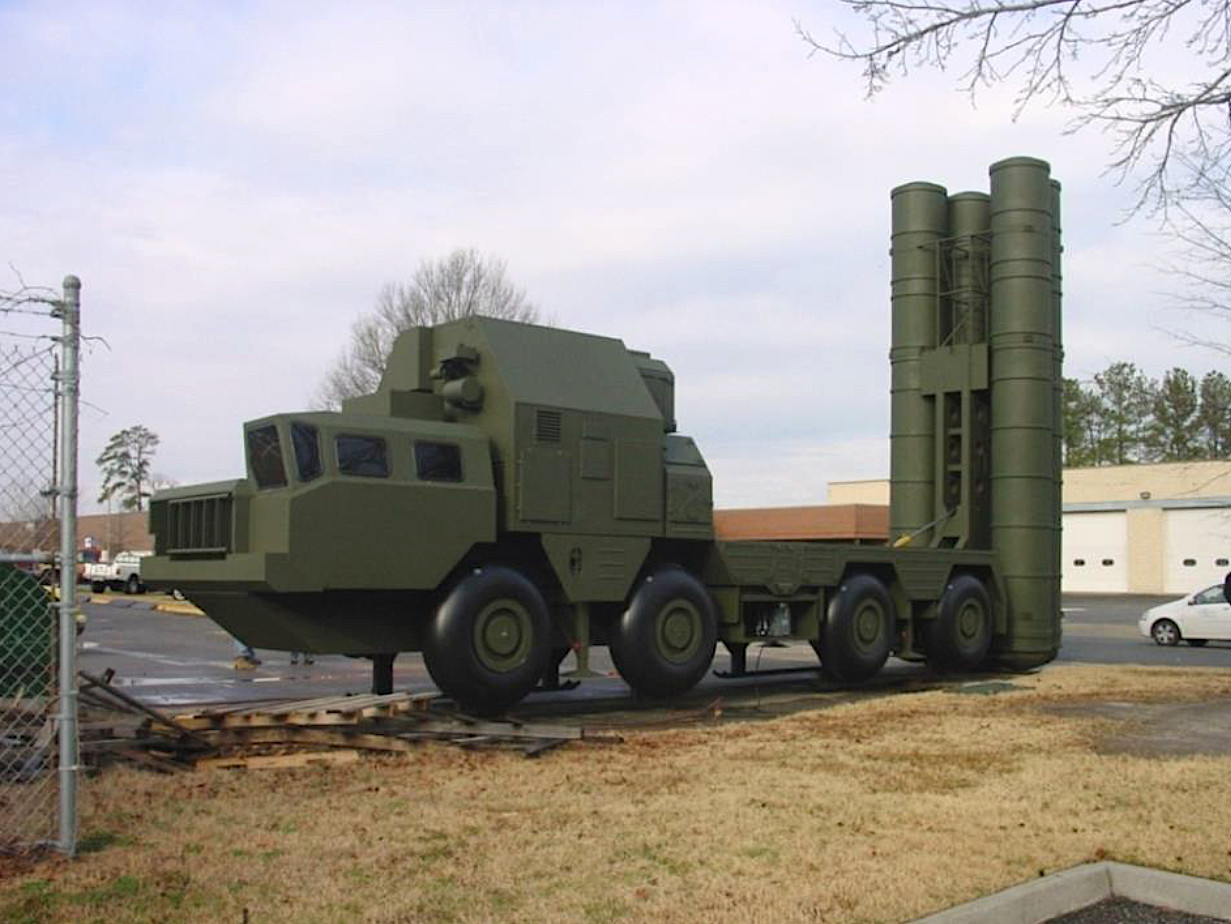
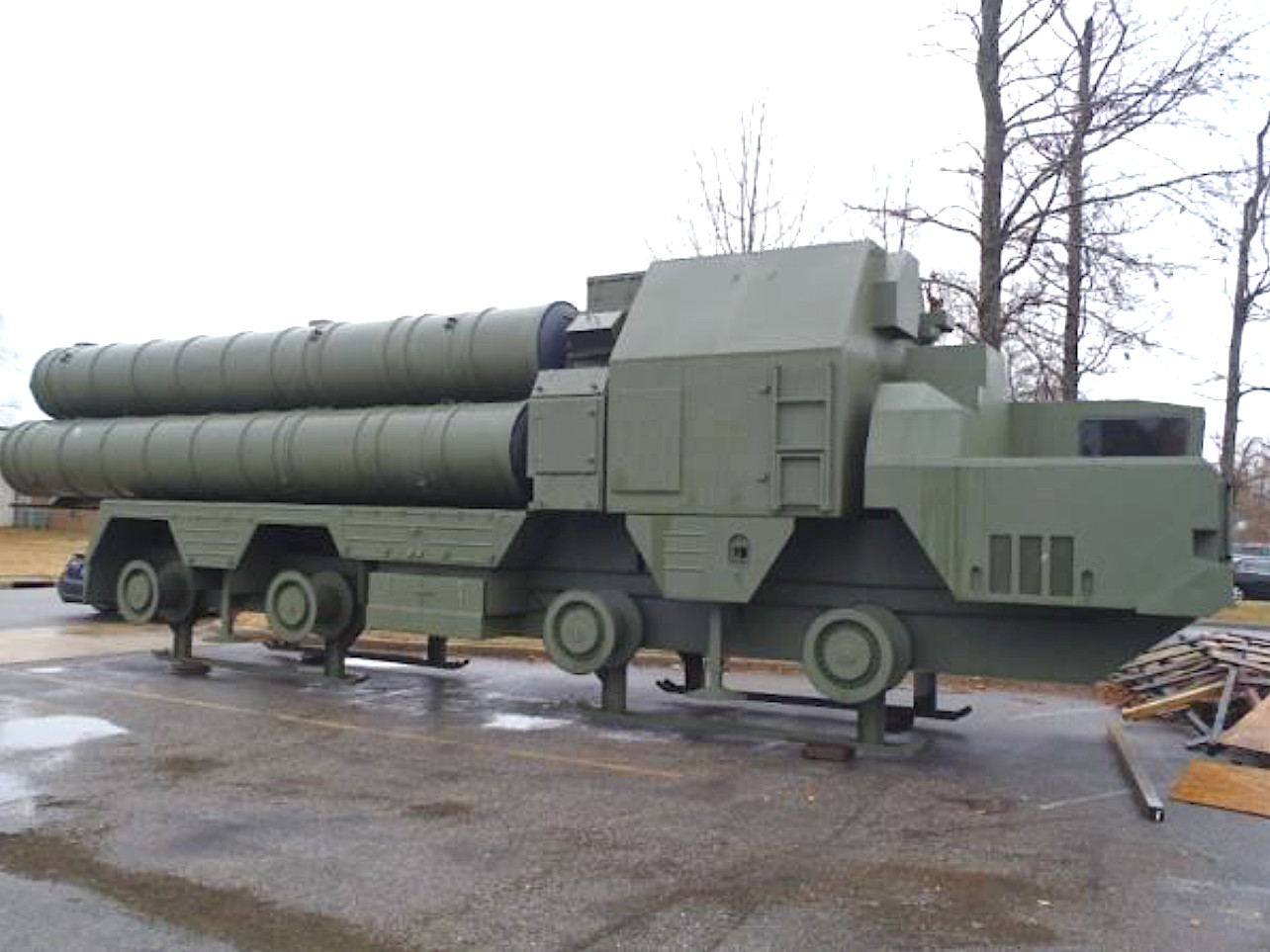
Buying the surrogates makes good sense from testing and training perspectives. The Air Force, along with the rest of the U.S. military, constantly strive to make training exercises as realistic as possible to best prepare forces to recognize and react to threats and hazards they may encounter on a real battlefield. Realism is also extremely important when it comes to evaluating new systems, including sensors and countermeasures on aircraft.
The U.S. military has acquired actual examples of foreign military equipment in the past, and continues to do so today, to use as surrogates for test and training purposes. They have also simply provided an opportunity glean all sorts of potential intelligence information from them through a process known as Foreign Materiel Exploitation, or FME. There are already examples of the S-300 series at the Nevada Test and Training Range (NTTR).
However, doing so can be expensive and complicated and maintaining those systems can be equally arduous. They’re also often too valuable to actually destroy. So, surrogates offer lower-cost alternatives to provide a host of different capabilities and, in some cases, may be expendable by design. It may also be extremely useful just to generate the same kind of emissions associated with the threat, such as a fire control radar. The U.S. military employs Joint Threat Emitters (JTE), a valuable system the War Zone has covered in depth in the past, to simulate a host of air defense threats in this way.
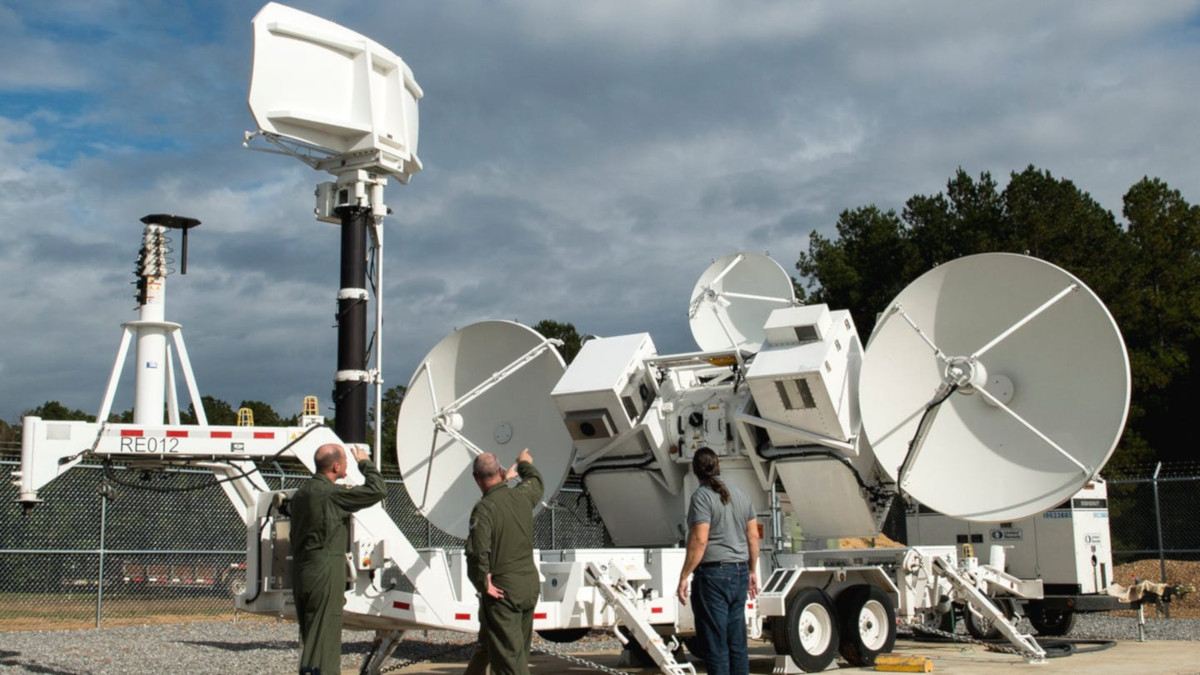
Unfortunately, when it comes to actually training pilots to search for, spot, and target simulated hostile systems, such as the S-300, during training exercises, this may not be realistic enough. The JTEs look nothing like actual surface to air missile systems when viewed through an aircraft’s sensors, such as radars in ground search or synthetic aperture modes or electro-optical or infrared cameras. That’s where something like the mock S-300PMU-1/2 TELs would come in.
From the contracting documents, it also appears that the Air Force is looking to blend surrogate systems with either real examples or JTEs in order to create a larger simulated S-300PMU-1/2 site. Air Combat Command has a need to “replicate the physical threat representative multi-spectral (Electro-Optical, Infrared, and Radar Cross Section [RCS]) signatures located in close proximity to the radar signal emitter,” one notice explains.
With this in mind, it is possible that the mock TEL purchases may be tied to the secretive delivery of an unspecified “mobile radar” from Ukraine at Roland R. Wright Air National Guard Base, which is co-located with Salt Lake City International Airport, in January 2019. This was part of a contract that nearby Hill Air Force Base, which is the base that oversees the UTTR, was managing.
In September 2018, the U.S. Army had also taken delivery of another Ukranian radar. This system, a trailer-mounted 36D6M1-1, is a modernized version of the Soviet-era Tin Shield air search radar, which is associated with the S-300 series. The complete air defense system also includes a separate fire control radar.
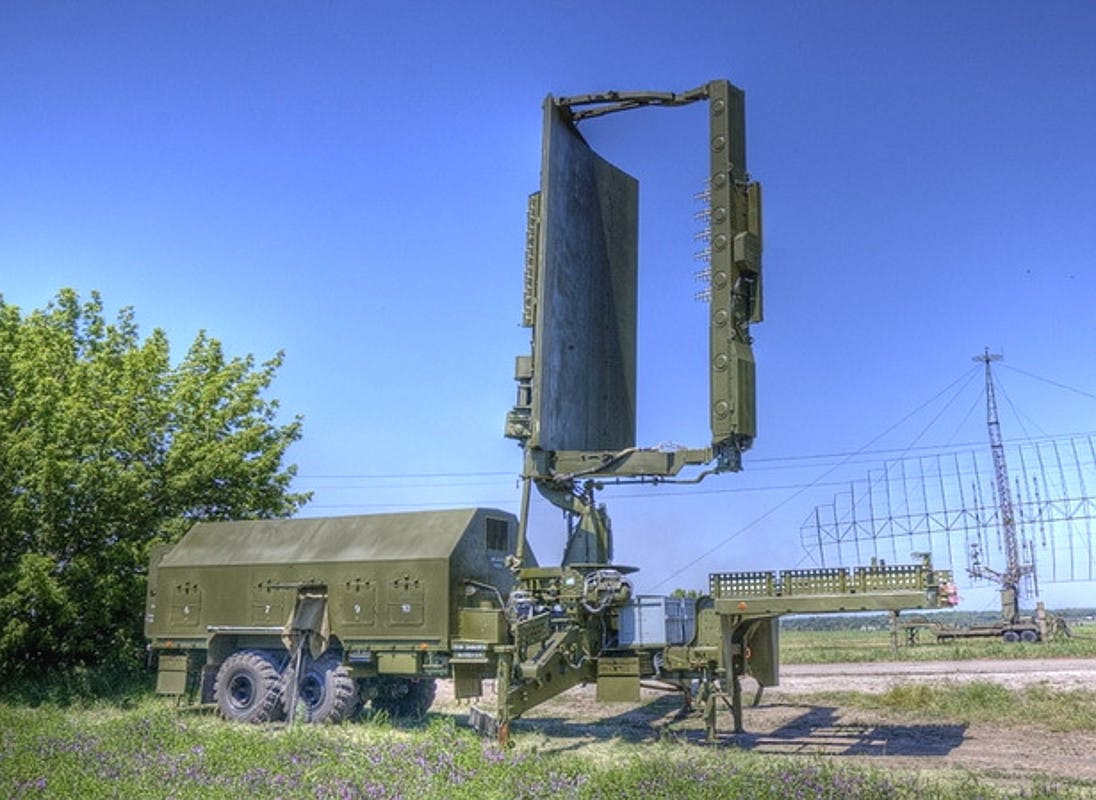
The contracting documents do not say that the mock TELs are supposed to reflect any particular potential opponent or threat environment. The Air Force may simply be interested in replicating the capability it has at the NTTR at another location in order to increase its overall capacity to conduct training and testing activities that require replicating this level of air defense threat.
Whoever supplies them, in the end, will have to paint them in a desert camouflage scheme. This could simply be to help mask them visually within the wide expanses of the UTTR. It could also point to an actual desert training scenario. It is interesting to note that the S-300PMU-2s that Syria began acquiring in 2018 were painted green like their Russian counterparts. Iran’s S-300PMU-2s do have a desert tan scheme.
Whatever the case, the surrogate TELs will definitely help the Air Force simulate a more complete S-300PMU-1/2 system within the UTTR without the difficulty and expense of acquiring and maintaining actual examples. In doing so, the service will be able to add valuable extra realism to any testing to evaluate the performance of sensors and countermeasures against this threat or to help prepare pilots potentially face these air defenses in a real-world combat situation.
Contact the author: joe@thedrive.com
